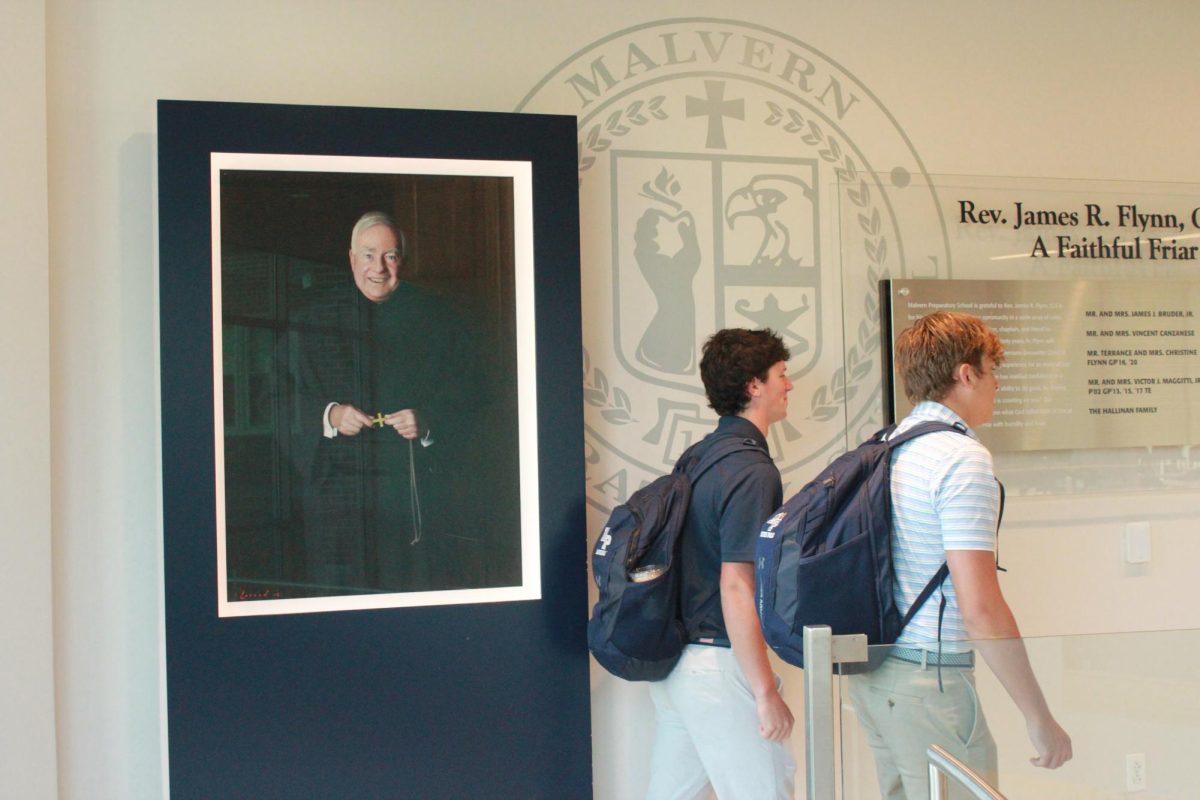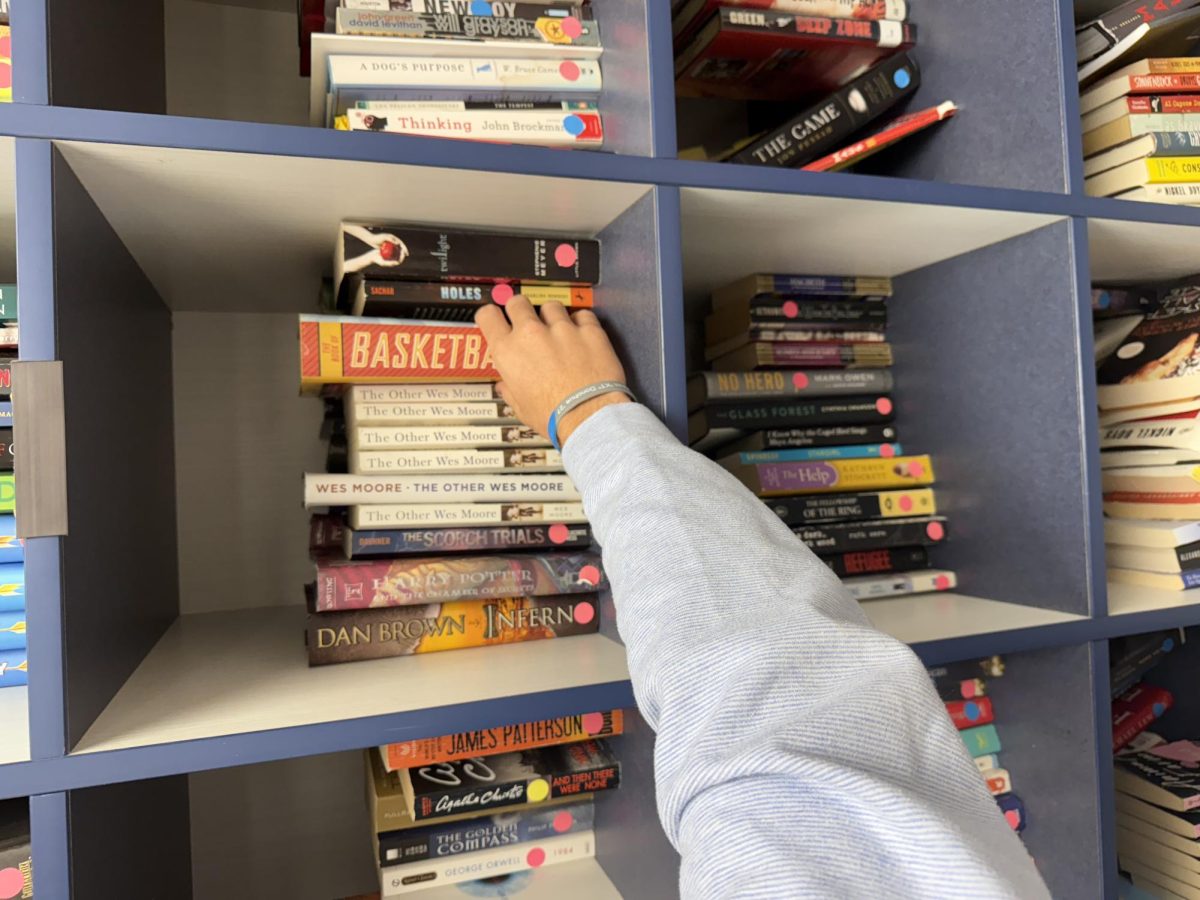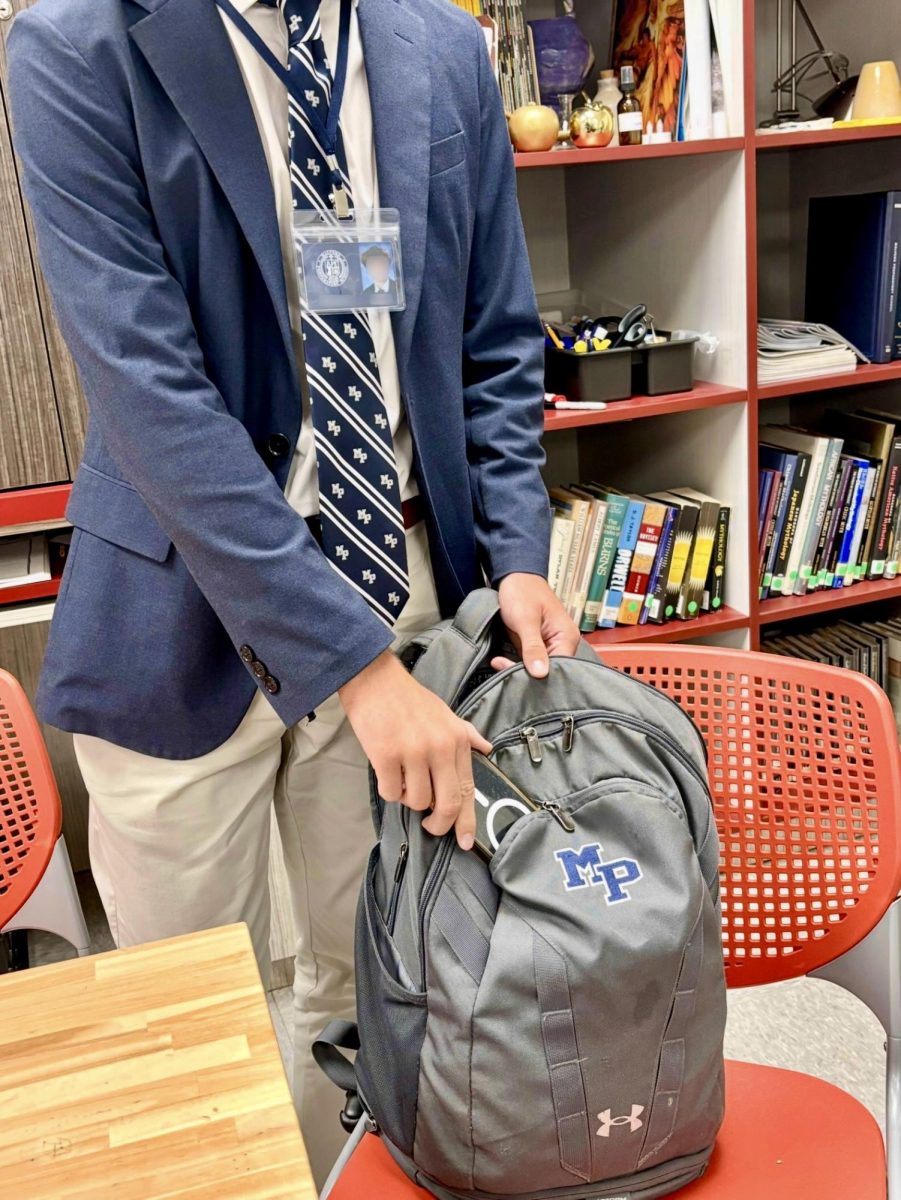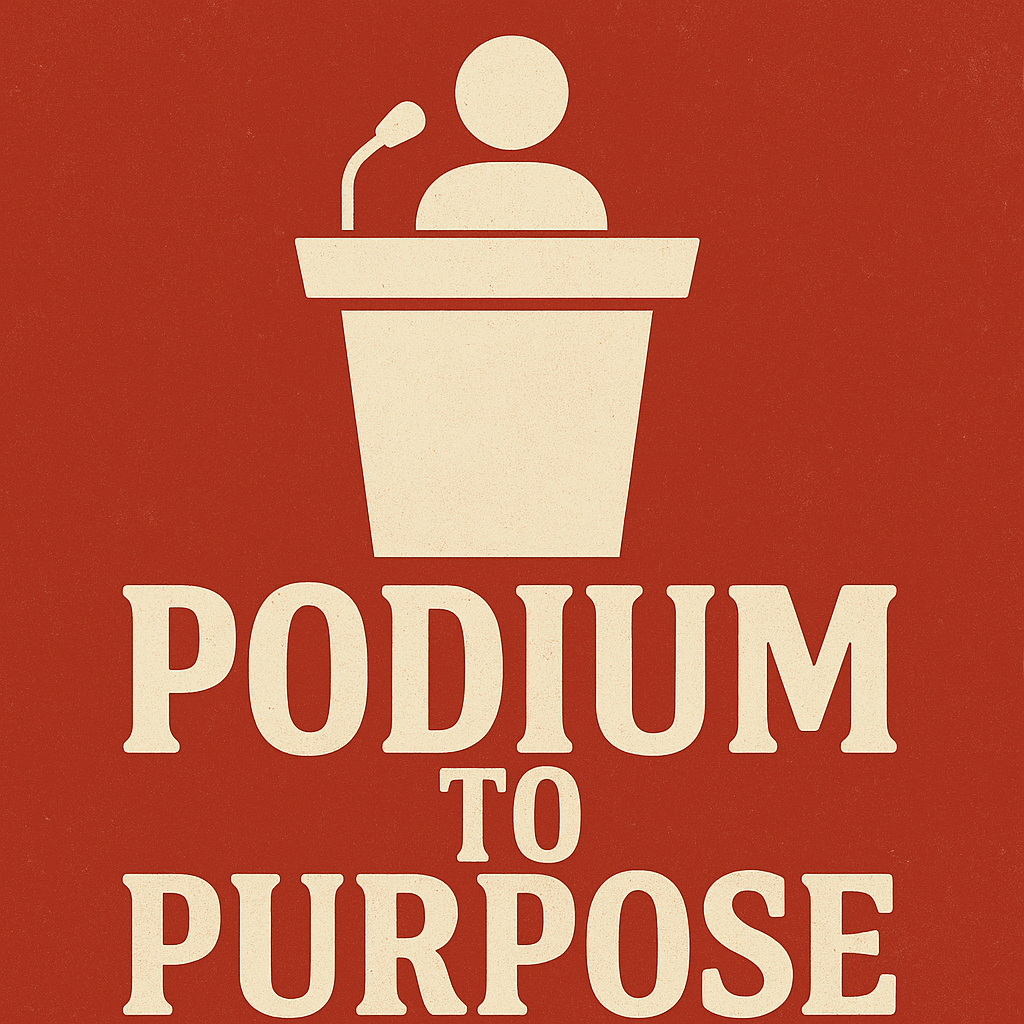In October of this year, high school juniors from all over the United States took the first-ever digital domestic PSAT. Come 2024, every SAT will be taken digitally. Standardized testing today is evolving to become much different than the usual paper, pen, and proctor exam that was the staple of standardized testing for its 100-year history. In a controversial decision, College Board made the shift to a digital format citing a variety of reasons, including improved security and efficiency.
“The basics of giving on-paper tests were complicated. Questions on paper were static. Proctors needed to collect all testing information. This information was locked behind the door before and after test day. There were so many security concerns that I think are no longer a question [with digital testing],” Mr. Ian Harkness, Malvern Prep’s Director of College Counseling, said.
The solutions come with College Board’s new digital testing application named Bluebook. Bluebook’s testing eases questions about security and mitigates risks of cheating or compromising test material by providing a variation of questions and foolproof post-test storage.
On the student side of things, the digital SAT is two hours and 14 minutes- over 45 minutes shorter than the paper alternative. It achieves this by providing adaptive testing, where, by using two modules each for English and Math, students will be given harder or easier problems on the second module based on their performance on the first module. For high-school juniors seasoned in both digital and paper tests, opinions varied on the official PSAT. Malvern Prep junior, Matthew Lofgren has taken and prepared for both the paper SAT and digital PSAT.
“To go from having a super easy Module One for both English and Math and then seeing a serious increase [in difficulty] for Module Two makes a massive difference for the digital SAT. Not everyone is getting the same questions either… Some people might see that as unfair and not like that portion of the digital test,” Lofgren said.
While its solutions, like shorter test times, reductions in human error, and a reduced carbon footprint, may have been the main advertisements for Bluebook, the switch to digital has raised concerns about access and equity. Take Malvern’s first digital PSAT this past October. The already stressful test day had many hurdles, including loaning school Chromebooks to all students who did not have Mac or Windows operating systems and a 45-minute delay due to the crashing of the testing application.
“College Board presented, the only way to take the test is to use [Bluebook]. In the equivalent of ‘if you don’t have an iPhone, you can’t take the test,’ College Board restricted the testing of the Android: personal Chromebooks,” Harkness said.
While this seems a minor issue, loaning school-operated Chromebooks to over half the students taking the exam proved to be a major problem for Malvern. So much so, that questions on the legitimacy of the restriction arose.
“College Board is a billion-dollar company and there are other pieces of the market in test security that would allow a student to use a personal Chromebook. I’m curious why not? Logistically, [Malvern’s resources meant] we could offer the [PSAT]… but even in a place like Malvern, which device you chose over two years ago was a limitation or an equity question,” Harkness said.
This equity question that Harkness brings up ultimately affects many other schools much more than Malvern.
“We were able to accommodate our testing day despite the issues, but in a public or urban school that might be much more difficult. I spent three full weeks figuring out these questions and we were testing less than 120 students. I can’t imagine planning for a big public school in urban areas with 1,200 students, where they don’t have counselors with this as their sole responsibility,” Harkness said.
Ultimately, standardized tests like the SAT are used in the college admissions process. Their purpose has not changed; they serve to provide an intellectual and college preparedness data point that is comparable with other students across the nation. While alternative tests like the ACT may be taking a similar approach by providing students the choice of taking either a digital or paper option, the issue of technology’s accessibility and reliability remains unsolved. Some may also posit that standardized testing is not and never has been the best way to assess a student’s college readiness.
“I have never thought that the SAT, or ACT for that matter, has been an equitable or valid indication of how well a student does… However, I do think that [these tests] are designed to tell how well a student can take a test. It assesses critical and analytical thinking, and students with these skills tend to do best. It’s a useful resource, but I do not think that there is a direct correlation between your readiness for college and your score,” Ms. Danielle Suber, Malvern Prep’s Head of Inclusivity and Belonging, said.
Suber doesn’t blame families for expending many resources on the test, even if they game the system to boost their college applications.
“Most of the onus should be on College Board because there are so many holes and gaps within their system. You can’t necessarily blame the family of a student for using their resources and tools. It absolutely creates an equity gap and an access gap, but I really don’t put the fault on the students or their families. They’re just trying to do the best they can with what they’ve been offered and utilize the blessings, gifts, and opportunities they have,” Suber said.
But how can students truly game the system on an SAT, and what does that mean? This occurs when students exercise some of their privileges by paying tutors ($50-150/hour) or purchasing expensive programs and taking the test as many times as they want or deem necessary for a higher score. These advantages aren’t available to the majority of test takers. So, while this doesn’t take anything away from their score(s), the system of standardized testing propagates equity issues and results with a direct correlation between family income and scores. While the switch to a digital format may have been warranted for other reasons, it certainly cannot address nor fix the underlying issues of standardized testing in general.
“I don’t think the [switch to digital testing] addresses the underlying issue of equity because we’re still finding there’s a huge lack of funding and preparation for the SATs or ACTs in a number of different socioeconomic districts and school places. Rural students are actually hit the hardest with the switch… I feel that [with the change], College Board is just addressing the issue of human error,” Suber said.
College Board is aware of the issues to which their test contributes. One year ago, testing data from 2018 and 2020 that highlighted the SAT’s inequity was available in a report on their website. The report has since been taken down and is unavailable to the public. While they have certainly made attempts to minimize racial barriers created by the SAT by introducing fee waivers and free opportunities for test preparation, it has become abundantly clear that the problem undeniably caused by the SAT will not be exposed by the creators themselves.
But standardized testing’s equity issues do not only stem from the inability to afford expensive preparation materials from tutors or programs. Many more inequalities are built into education systems that affect low-income students who are disproportionately Latino or Black. For instance, many schools in economically disadvantaged areas lack a variety of Advanced Placement (AP) classes, where students are acclimated to and prepared for the difficulty of college-level coursework. Without these resources, students lose a crucial opportunity where they can prepare for the SAT, and more importantly, higher level coursework in their future.
These effects were seen in College Board’s 2020 report. Now, Black and Latino students consistently scored lower than other students on both Math and English sections. In 2020, the college-readiness benchmark for the Math section was 530. While white students (averaged 547) and Asian students (averaged 632) scored above the benchmark, Black students averaged a score of 454, and Latino students averaged 478. Racial differences in the scoring of the English section, while less striking than those in the math section, do exist, as only 44% of Black students and 53% of Latino students meet the college-readiness benchmark.
In the bigger picture, SAT disparities contribute to the underrepresentation of Black and Latino students at renowned universities around the world. Admission to these prestigious institutions, while said to be holistic, still value SAT scores. In fact, many universities recommend that scores should only be submitted if they exceed the 50th percentile. In a changing, test-optional world after the pandemic where scores below 1450 are rarely submitted for admission decisions, top-tier schools almost seem to require nearly unattainable scores from applicants who submit any score at all.
According to the College Board, out of all testers in 2020, only 1% of Black students and 2% of Latino students scored above a 700 on the Math section, compared to 9% of white students and 35% of Asian students. This inequality, whether caused by an inability to prepare, a lackluster education, or a challenging home life, has been combated with test-optional admissions: where applicants choose whether to submit or not their test scores.
Questions arise about test-optional policies specifically when evaluating how much scores are valued in the application process. While generally said to be less important than a transcript, extracurriculars, or essays, many top schools have data proving that students who submit scores are significantly more likely to be accepted. At the University of Virginia in 2021, students who submitted scores had a 26% acceptance rate, while those who didn’t had an acceptance rate of 14% according to The Cavalier Daily, UVA’s student newspaper. Additionally, data from Boston College’s Class of 2025 Profile shows that applicants who submitted scores were privileged with a 29% acceptance rate while those who did not had a 11% acceptance rate. With this being said, even if the test-optional tag is viewed less favorably by prestigious institutions, its existence is helping underserved communities and their students reach higher level education.
Showing this, the same Class of 2025 Profile indicates that Boston College admitted its most diverse class ever, with 42% of students coming from African, Hispanic, Asian, or Native American descent. Even more powerful, first-generation students and international students accounted for 11% and 7% of the class, respectively. Tagging along, one study from the American Educational Research Journal suggests that test-optional policies in undergraduate institutions from 2005-2006 and 2015-2016 resulted in a 3%-4% increase in Pell Grant recipients and a 10%-12% increase in first-generation students from underrepresented backgrounds. The report also emphasized that the continuity of test-optional admissions can improve equity year after year, which still proves true, as virtually every college is becoming more diverse as time goes on.
Just recently in 2023, legal drama has become intertwined with college admissions. In the court of law, the long struggle of seeking equity for underprivileged students has seemingly been abandoned. The solution for an inequitable college process has long been Affirmative Action, a program recently struck down by the Supreme Court in Students for Fair Admissions v. Harvard. Politics aside, a tool successfully used by colleges for over 40 years to achieve a diverse, inclusive, and considerate application process is now unavailable. All this while legacy admission, a tool universities use to admit students with familial ties, remains. A study led by Brown and Harvard scholars that was published by Opportunity Insights looked at 12 elite universities (the eight Ivies, Duke, MIT, UChicago, and Stanford) and found 4 times greater acceptance rate for legacy students with the same test scores as regular applicants.
“If you’re going to invest your time in something Junior or Senior year, make it worth your while. If you know that testing isn’t your strength, invest your time in your grades, or leave behind something of great value in your community,” Harkness said.
Nonetheless, students at Malvern have one thing to focus on: doing the best they can with the tools and gifts they have been given. An equitable college admissions process is desirable for everyone, but evidently, only the institutions themselves or College Board can make real change to the system. It’s undeniable; for the majority of high school seniors across the country, the process always awaits.














